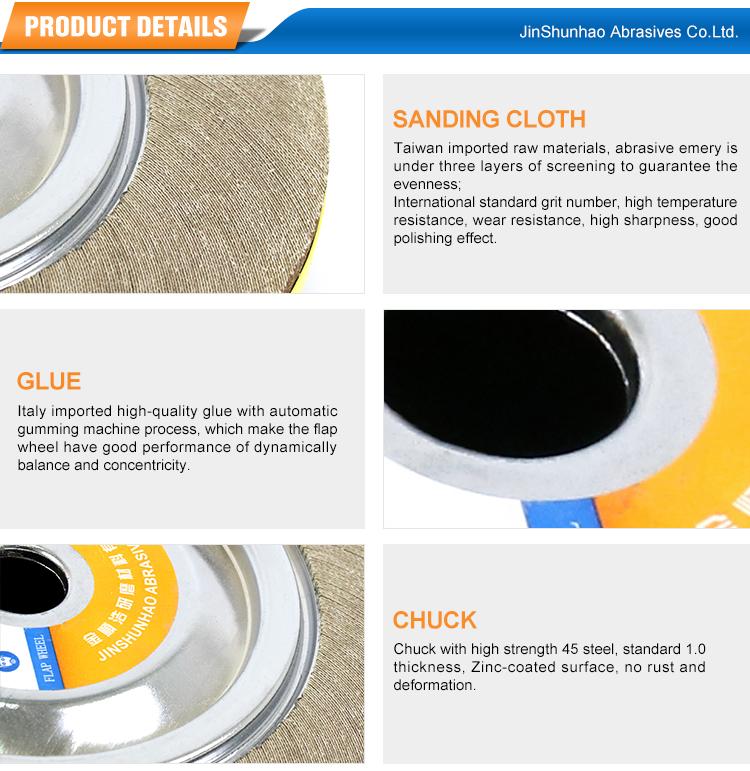Flap wheels are a versatile and efficient tool for smoothing, finishing, and polishing various materials.
They are commonly used in woodworking, metalworking, automotive, and other industries. However, with so many types and sizes of flap wheels available, it can be challenging to choose the right one for your project.

Here we will guide you through the factors to consider when selecting the right flap wheel for your needs.
The first and most important factor to consider when choosing a flap wheel is the material you will be working with. Different materials require different types of abrasive grains and backing materials to achieve the desired finish.
For example, if you are working with wood, you may want to choose a flap wheel with aluminum oxide abrasive grains and a cloth backing for a fine finish.
On the other hand, if you are working with metal, you may want to choose a flap wheel with zirconia abrasive grains and a fiberglass backing for a more aggressive and durable finish.
The grit of the flap wheel determines how coarse or fine the finish will be. Flap wheels come in various grits, ranging from coarse to fine. Coarse grits are typically used for removing material quickly, while fine grits are used for finishing and polishing.
Consider the level of abrasion you need to achieve the desired finish and choose the appropriate grit. For example, if you need to remove paint or rust from metal, you may want to choose a coarse grit flap wheel. However, if you need to smooth out rough edges or polish the surface, you may want to choose a fine-grit flap wheel.
Flap wheels come in various sizes, ranging from small ones for tight spaces to larger ones for more significant surfaces. The size of the flap wheel you choose will depend on the size of the workpiece and the area you need to cover.
If you are working on a small project or in a tight space, you may want to choose a smaller flap wheel. However, if you are working on a large surface, you may want to choose a larger flap wheel to cover more area in less time.
Flap wheels come in various shapes, including cylindrical, conical, and flat. The shape of the flap wheel you choose will depend on the type of surface you need to work on.
Cylindrical flap wheels are typically used for smoothing and finishing flat surfaces, while conical flap wheels are used for contouring and finishing curved surfaces. Flat flap wheels are versatile and can be used for both flat and curved surfaces.
The density of the flap wheel refers to the number of abrasive flaps per square inch of the wheel. A high-density flap wheel has more flaps per square inch, making it more durable and aggressive. A low-density flap wheel has fewer flaps per square inch, making it more flexible and better suited for finishing and polishing.
Consider the level of abrasiveness and flexibility you need for your project and choose the appropriate density.
The backing material of the flap wheel determines its durability and stiffness. Flap wheels come in various backing materials, including cloth, paper, and fiberglass. Cloth-backed flap wheels are durable and offer good flexibility, making them ideal for finishing and polishing. Paper-backed flap wheels are less durable but are more affordable and suitable for light-duty applications. Fiberglass-backed flap wheels are the most durable and are best suited for heavy-duty applications.

Choosing the right flap wheel for your project can make a significant difference in the quality and efficiency of your work.
Take the time to research and compare different options before buying so you can choose the one that's right for your project. No doubt this will help you get the most out of it.